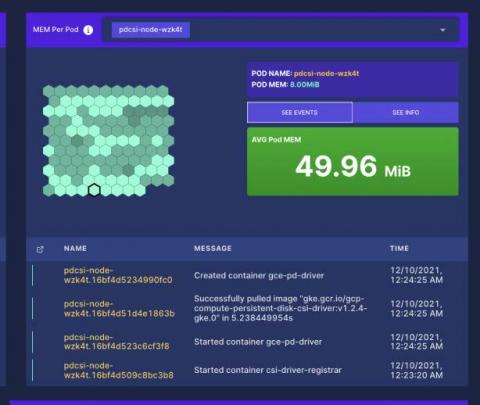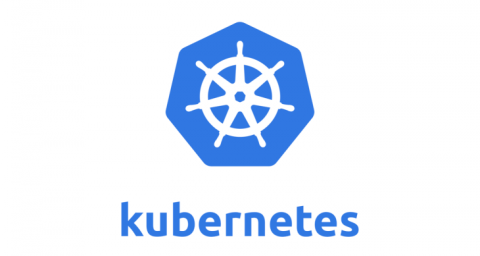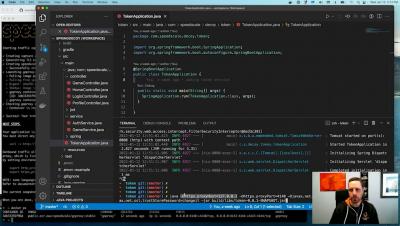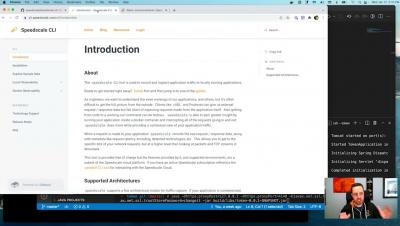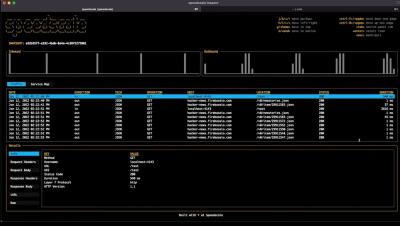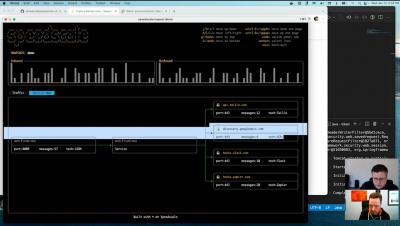ContainIQ finds defects faster with Speedscale Pro
ContainIQ runs all infrastructure on Google Cloud (GKE), and was able to get Speedscale installed within a few minutes. After installing the Speedscale operator, ContainIQ began capturing traffic from the primary gateway where service calls come into a cluster.


